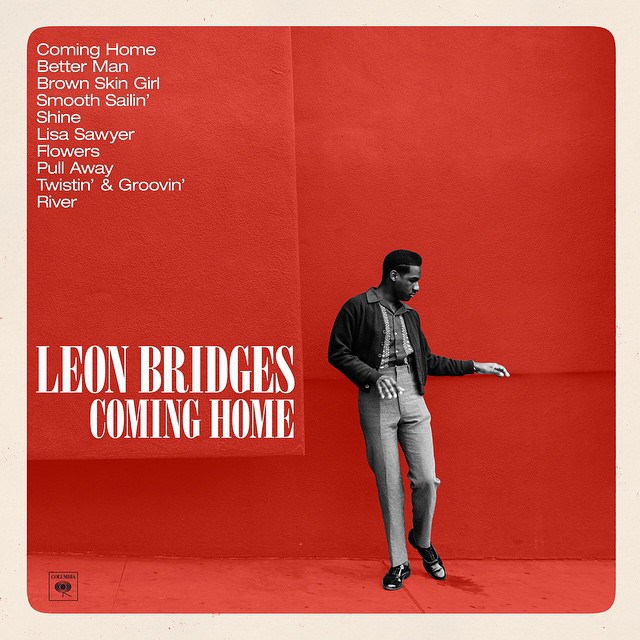By Martin Castro (The Cascade) – Email
Leon Bridges’ newest record does not sound like it was released in 2015. It also doesn’t sound like it came out of Fort Worth, Texas. As a matter of fact, the Georgia-born 26-year-old shares less with his contemporaries than he does with another southerner: Mississippi native and soul legend, Sam Cooke.
“Coming Home,” the first track on the 10-track LP, sees Bridges croon his way through a sweet little three-minute opener, full of yearning and the spongy, heartbroken soul of Otis Redding. I half-expected to see The Temptations as a featured act somewhere through the project.
“Shine” makes use of horns and a chorus to give Bridges’ voice a less refined quality. Here, the polished trumpets are traded in for more earthy saxophones, and Bridges’ voice adapts accordingly. While an organ trembles in the background, Leon lets his voice, not so much his lyricism (as touching as it is), do his speaking for him. At this point, most people would be thinking, “But wait, this is nothing new. There’s nothing in this record that I can’t find in something 60 years its senior.”
And most people would be right. There’s nothing in here that is explicitly building upon the conventions of soul or blues. But it is that simplicity, that “if it ain’t broke, don’t fix it” attitude which is adapted throughout the record, that lets Bridges shine. It doesn’t matter if what Bridges is doing on this record has been done before, because Bridges is doing it so well that the form becomes the message. The record is equal parts nostalgia and futurism.
“River,” for example, is more closely related to the acoustic ballads singer-songwriters are so fond of nowadays, but Bridges strips it down further: a single guitar and a tambourine provide a sparse backing for Bridges to fill with his own instrument — his voice. The addition of a choir during the chorus, which might have gone unnoticed in R&B’s current incarnation, is explicitly present in “River.” If there’s anything that characterizes Bridges’ sound, it’s that it is patient, and completely sure of itself.
“Flowers” jumps from straight soul to the early rock of the late ‘50s. The Shirelles’ influence is felt throughout every inch of the track. Simple, yet aided by a more prominent electric guitar, the track works not only as homage, but also as a development on the aesthetic that gave birth to the rock of The Rolling Stones and The Beatles.
“Lisa Sawyer,” however, is probably the best track on the entire record. I might just be a sappy person in general, but the softly-spoken, feel-good love song does everything it’s supposed to do. Bridges might as well have recorded the bulk of the record in 1962. The pacing of the track, though, is the main attraction. In a modern soundscape where even ballads are crafted to be danceable, Bridges takes his good time teasing out the narrative, and the resulting track is as sweet and reflective of its influences as you could ask it to be.



